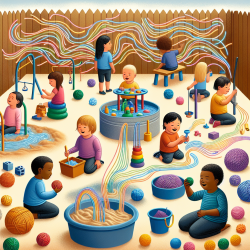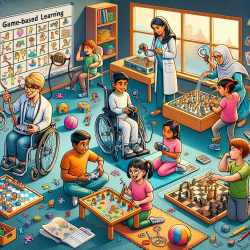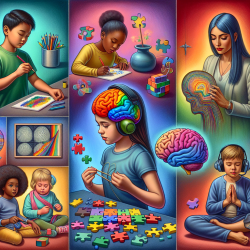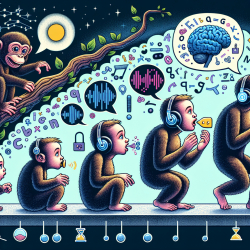Imagine walking through a garden and suddenly being enveloped by the sweet aroma of blooming flowers. Instantly, you're transported to a cherished memory from your childhood. This powerful connection between our senses and memories underscores the vital role our senses play in learning and growth.
Understanding Sensory Play
Sensory play involves activities that stimulate a child's senses: taste (gustatory), smell (olfactory), touch (tactile), movement (kinaesthetic), hearing (auditory), and sight (visual). These activities are crucial for cognitive development as they help build neural pathways that facilitate learning and memory retention.
Children naturally use their senses to explore the world around them. By incorporating sensory play into educational programs, educators can create engaging experiences that enhance learning outcomes. This approach is particularly beneficial for neurodiverse children who may perceive the world differently and require tailored support to process their experiences.
The Benefits of Sensory Play
- Enhanced Memory: Engaging multiple senses helps create stronger and more durable memory connections.
- Language Development: Exposure to diverse sensory experiences enriches vocabulary and communication skills.
- Social Skills: Sensory play encourages interaction, cooperation, and empathy among children.
- Emotional Regulation: Through sensory exploration, children learn to manage their emotions and reactions.
Implementing Sensory Play in Educational Settings
An educator's mindfulness is crucial for successful sensory play. Being intentional about creating meaningful experiences ensures that all children benefit from these activities. Here are some practical ways to incorporate sensory play:
- Taste: Introduce diverse flavors through cooking activities or taste tests with herbs and spices.
- Smell: Use fragrant plants or flowers to engage olfactory senses during outdoor activities.
- Touch: Provide materials with various textures like clay, sand, or fabric for tactile exploration.
- Movement: Encourage physical activities such as obstacle courses or dance to develop kinaesthetic awareness.
- Hearing: Explore sounds through music sessions or sound hunts in different environments.
- Sight: Use visual aids like pattern-making games or treasure hunts to enhance visual perception skills.
The Role of Educators
The Early Years Learning Framework emphasizes the importance of intentionality in teaching. Educators should be prepared with a deep understanding of each child's needs, have a structured plan for activities, and be fully present during play sessions. This approach ensures that no child is left behind and that every participant gains from the sensory experience.
Sensory play not only supports the cognitive development of children but also fosters a nurturing environment where they can thrive emotionally and socially. By incorporating these practices into early childhood education, we provide a foundation for lifelong learning and personal growth.
For more information, please follow this link.










